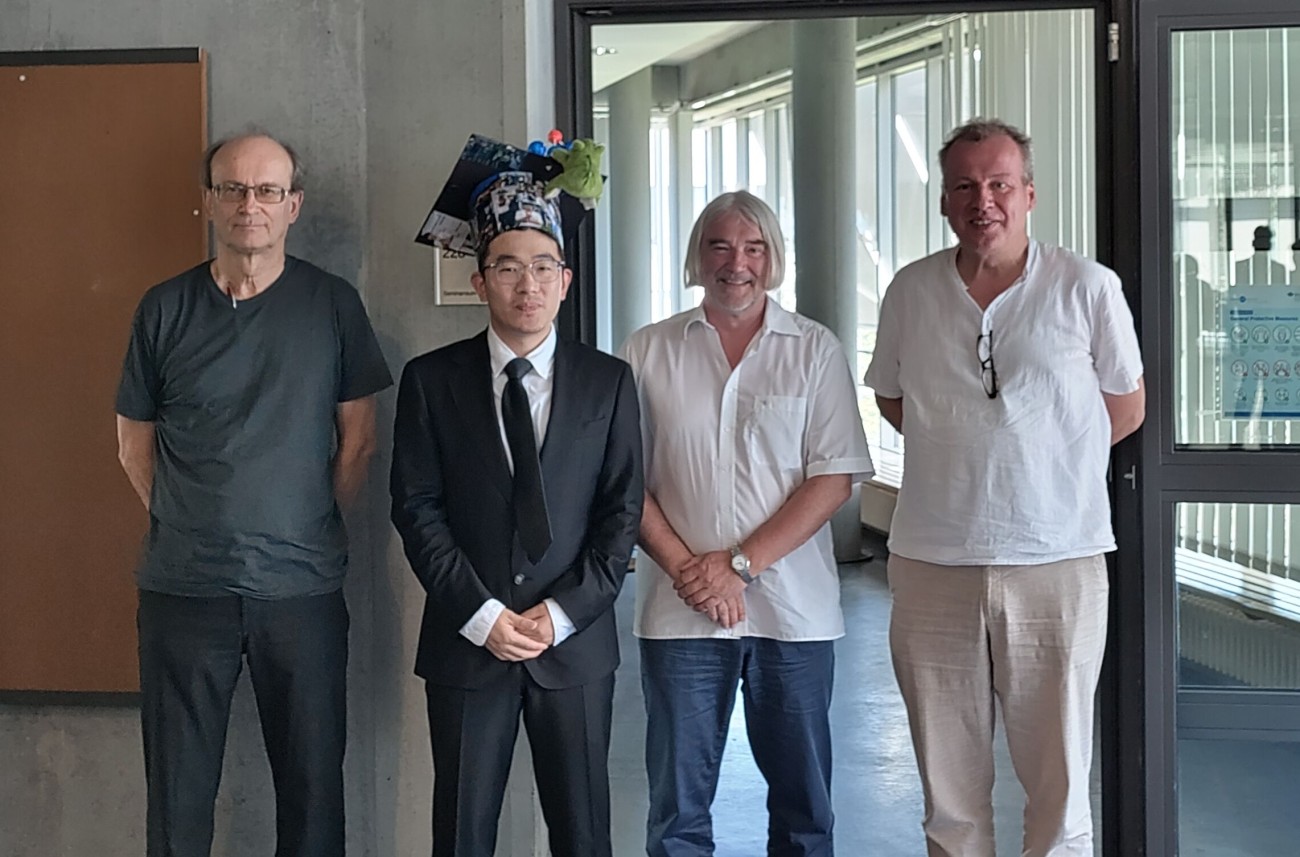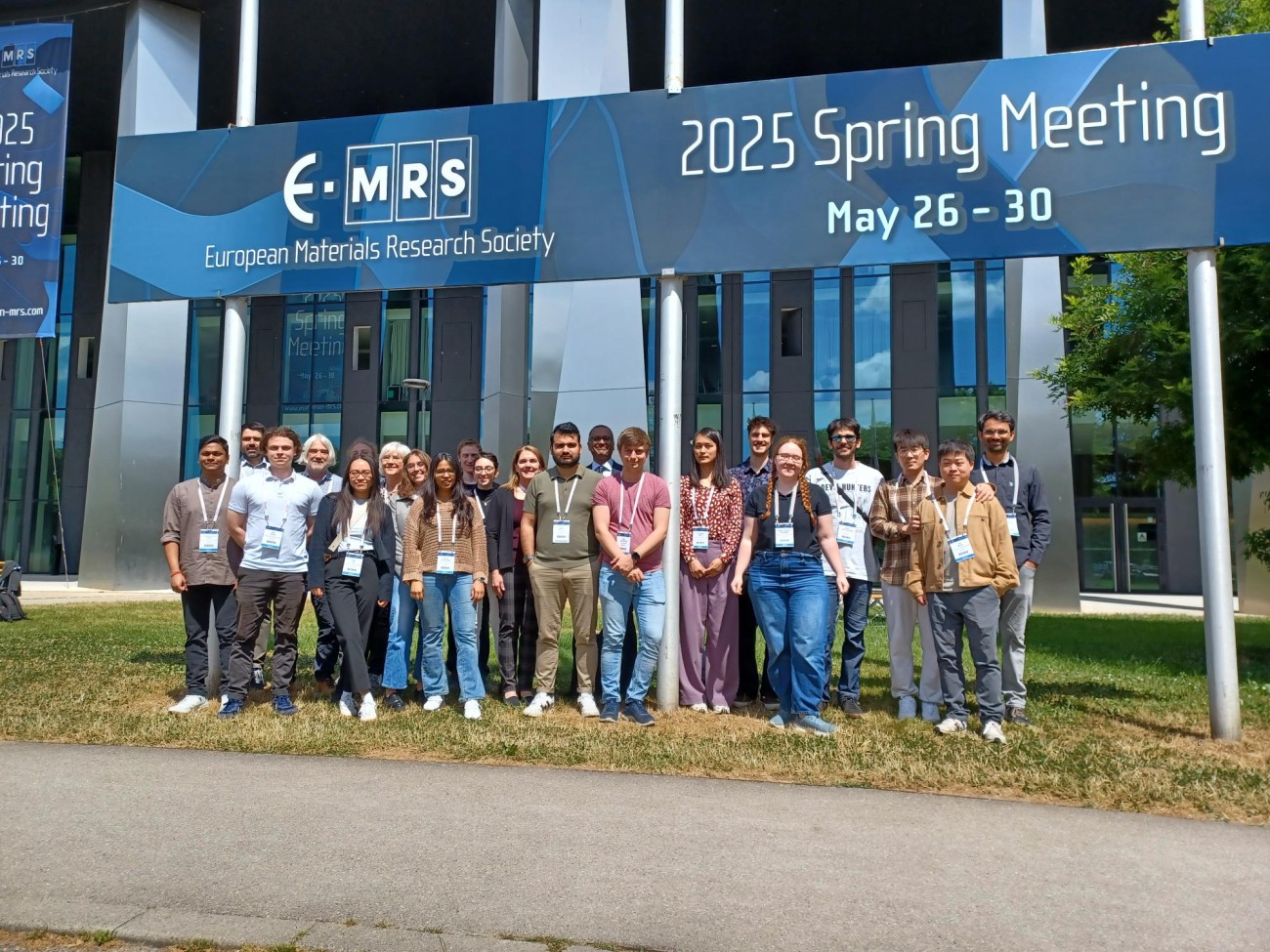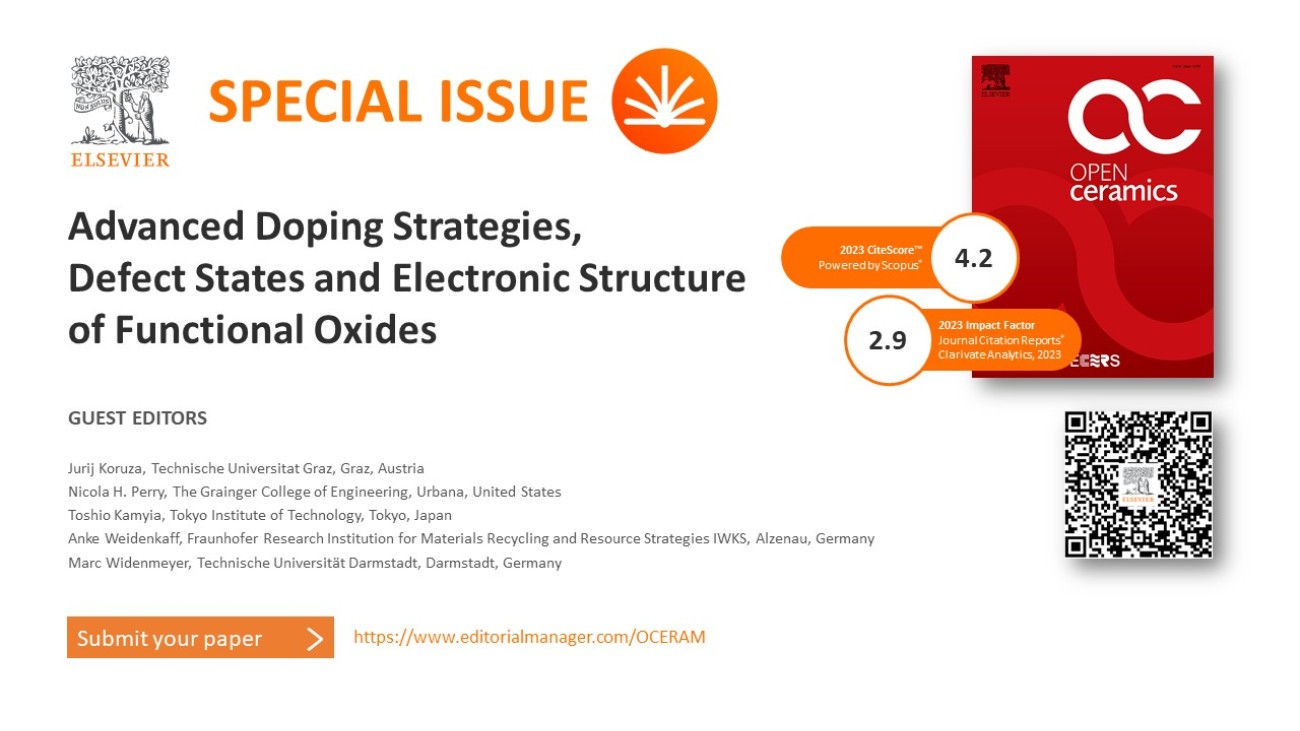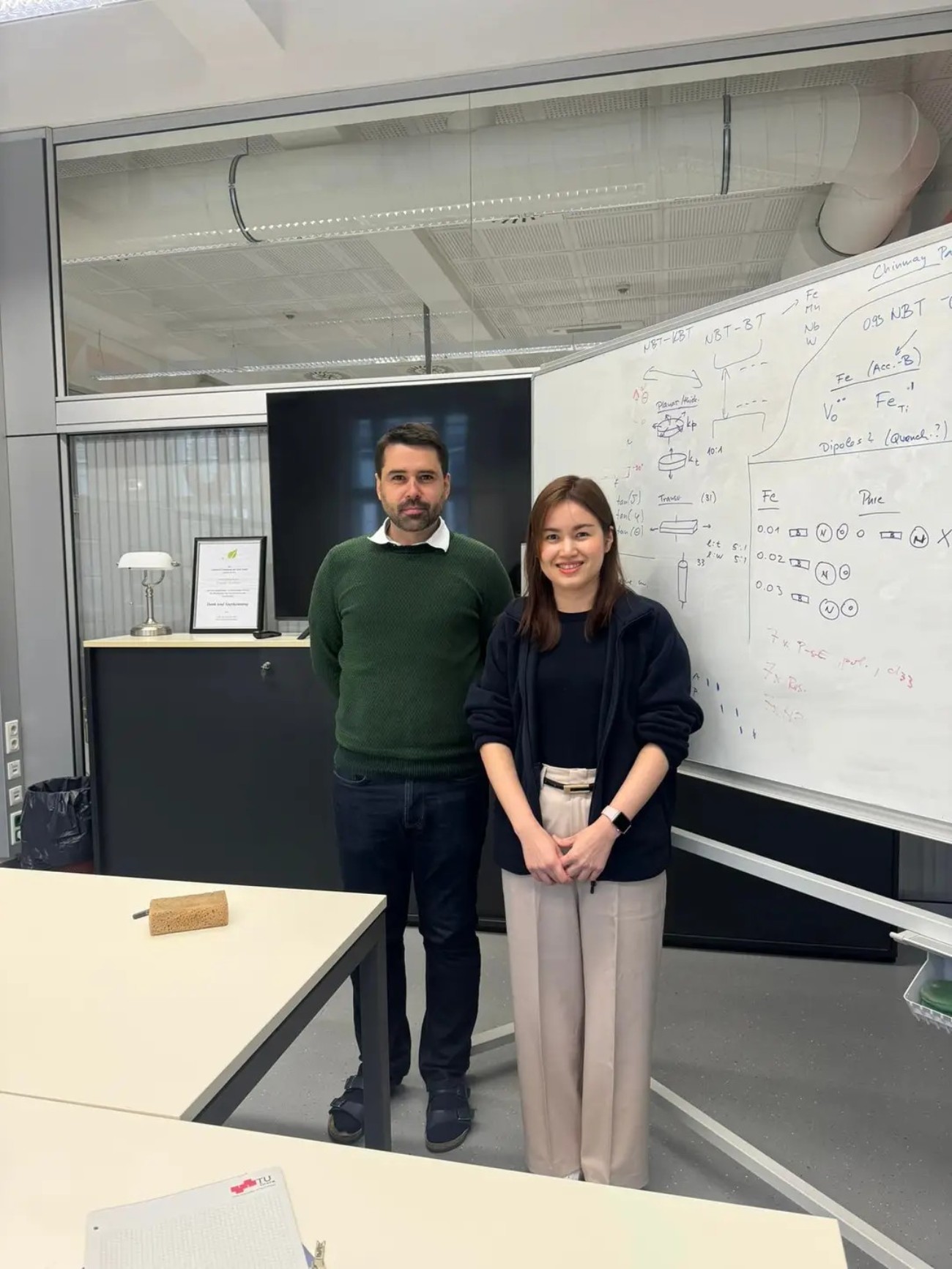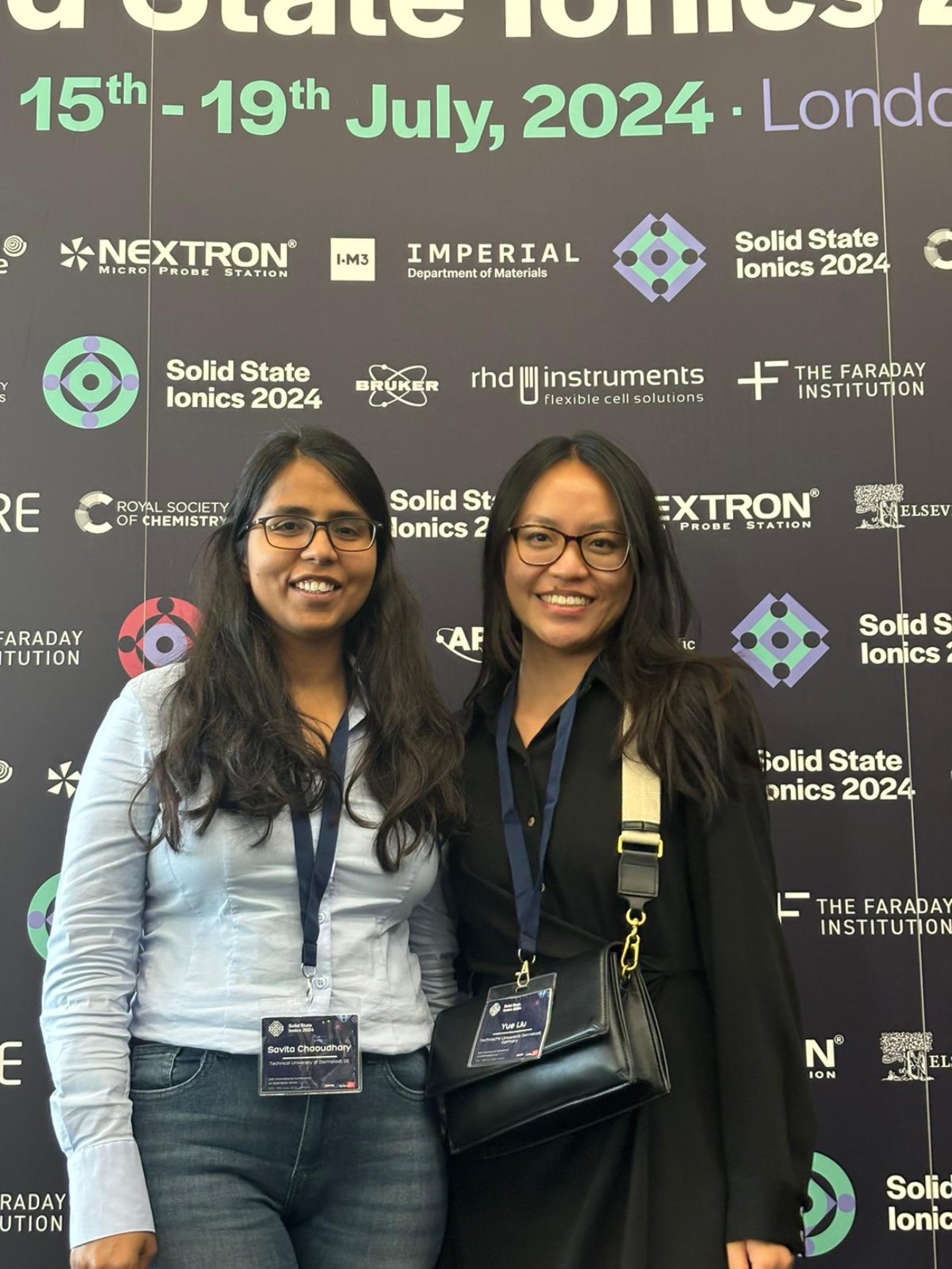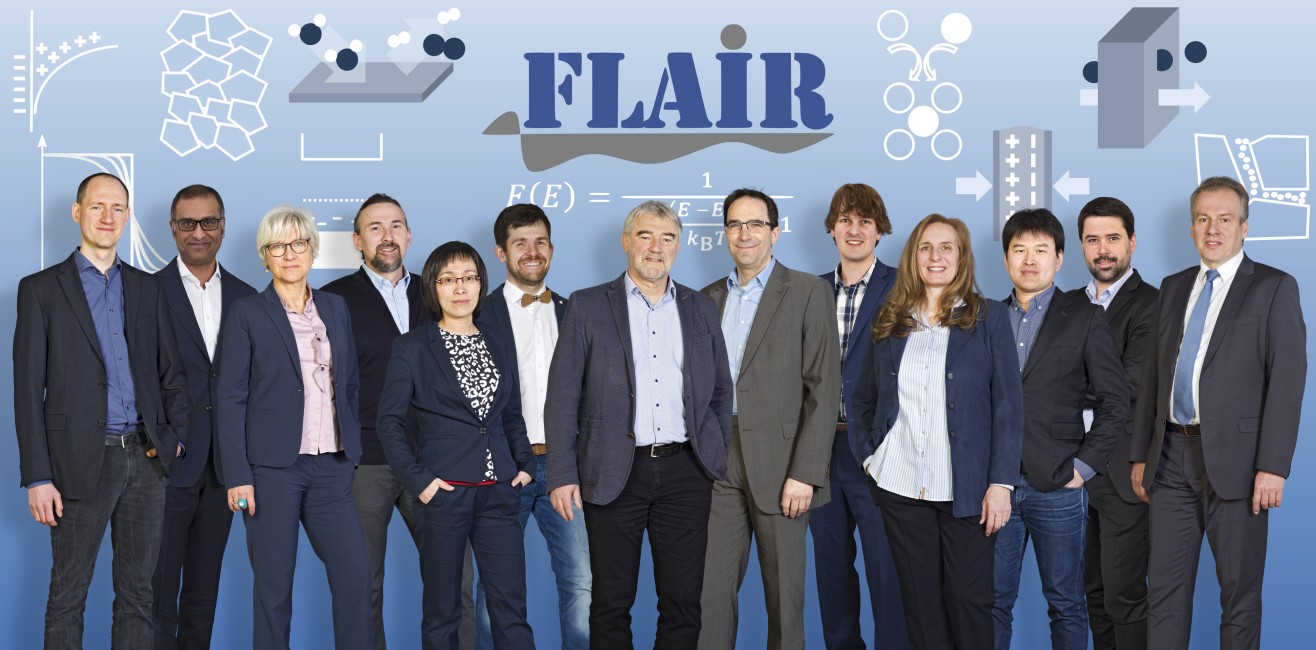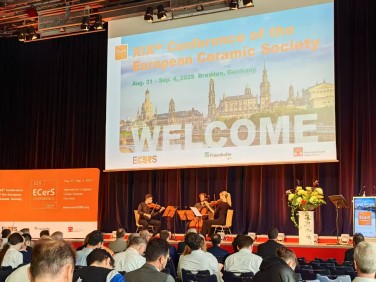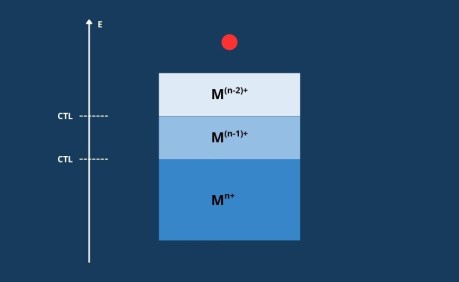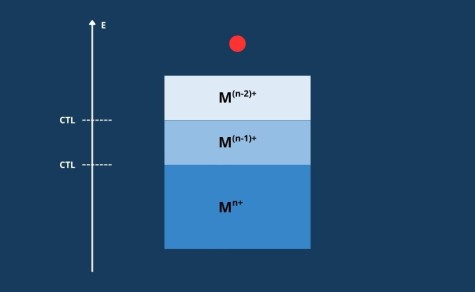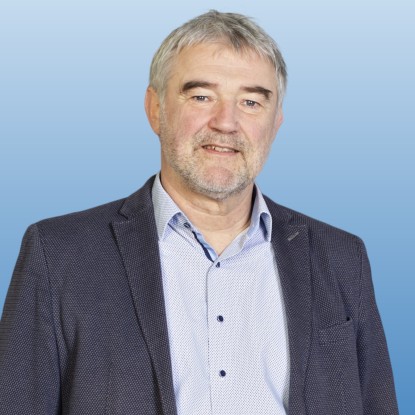Overview
The Collaborative Research Center FLAIR explores Fermi level engineering as a new avenue towards the design of oxide electroceramics. This materials class exhibits a variety of functional properties and plays a key role, for example, in energy conversion, energy storage, and electronics. For developing advanced electroceramic materials with novel and/or enhanced properties, which are compatible with major societal challenges as climate-neutrality, health-protection, and resource and energy efficiency, it is highly desirable to be able to predict how their properties depend on composition and on the way the material is made.

Partner Institutions



